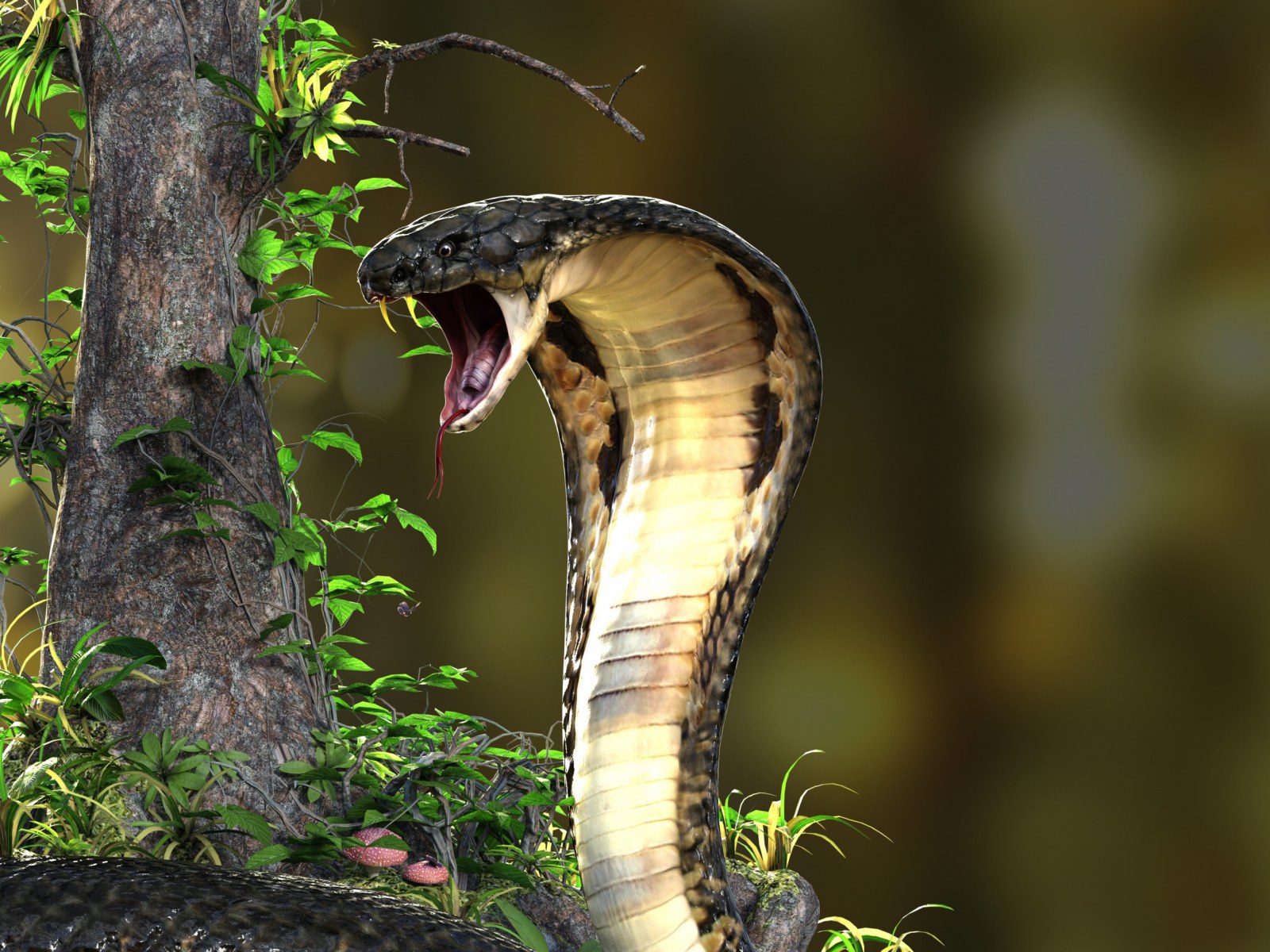For many outdoor enthusiasts and nature lovers, encountering a snake in the wild can be both thrilling and intimidating. While some may feel an urge to handle or examine these fascinating reptiles up close, approaching wild snakes carries significant risks. This comprehensive guide explores how to assess snake safety, recognize dangerous species, and understand when—if ever—handling a wild snake might be appropriate. Above all, this article emphasizes that wild snake observation should generally happen from a respectful distance, prioritizing both human safety and animal welfare.
Understanding the Risks of Snake Handling
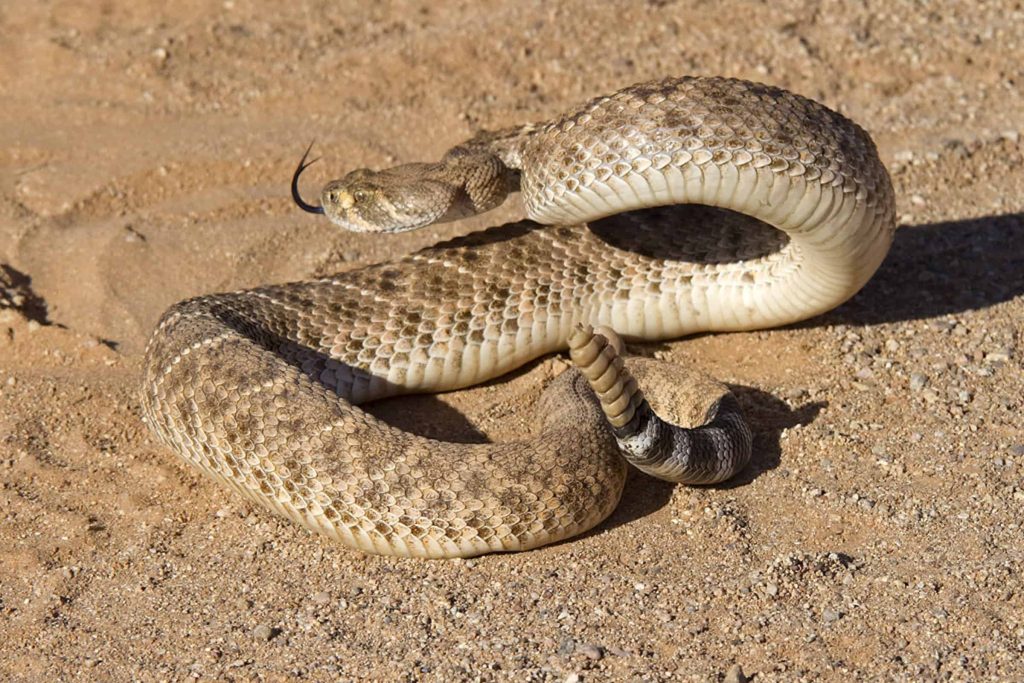
Wild snake handling presents numerous dangers that even experienced herpetologists approach with extreme caution. Even non-venomous snakes can deliver painful bites when they feel threatened, potentially causing bacterial infections requiring medical attention. Venomous species present obvious life-threatening risks, with some capable of delivering fatal bites within hours or even minutes without proper medical intervention. Additionally, improper handling techniques can severely injure the snake itself, potentially damaging delicate internal organs or spinal structures. The safest approach for most people is to appreciate snakes visually from a distance, using binoculars or a camera with zoom capabilities for closer observation.
The Truth About “Safe” Wild Snakes
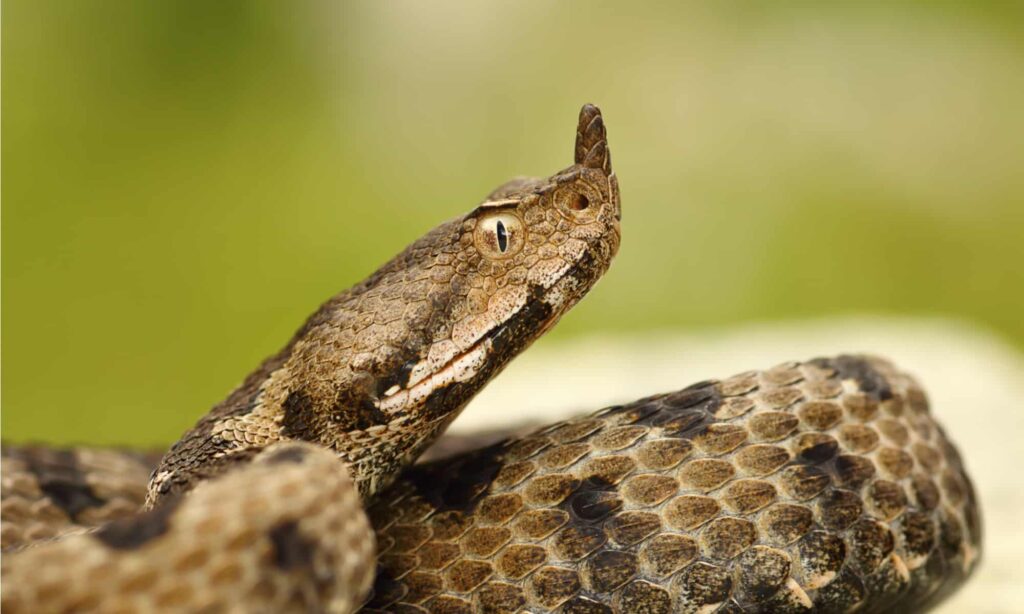
The uncomfortable reality is that no wild snake should be considered completely “safe” to handle for the average person. Wild snakes are not domesticated animals and will perceive human contact as a predatory threat, responding with defensive behaviors including striking and biting. Even supposedly docile species can become aggressive when frightened, cornered, or handled improperly. Furthermore, misidentification is extremely common among non-experts, leading to potentially dangerous situations when a venomous species is mistaken for a harmless one. The fundamental principle of wildlife ethics also comes into play: wild animals deserve to be left undisturbed in their natural habitats whenever possible, with handling justified only in specific circumstances like rescue operations or scientific research conducted by qualified professionals.
Basic Snake Identification Skills

Developing reliable snake identification skills requires extensive study and practice, but some basic principles can help assess potential danger. Head shape offers clues—many (but not all) venomous snakes have triangular heads, while many non-venomous species have more rounded heads, though exceptions exist in both categories. Body shape can provide additional information, with venomous vipers often having thicker, more robust bodies compared to the slimmer profiles of many non-venomous species. Color patterns matter as well, with certain warning patterns like red touching yellow bands (as in coral snakes) indicating highly venomous species. Regional knowledge is crucial because dangerous species vary dramatically by location; a harmless snake in one region might have a deadly lookalike in another area.
Recognizing Venomous Species in North America
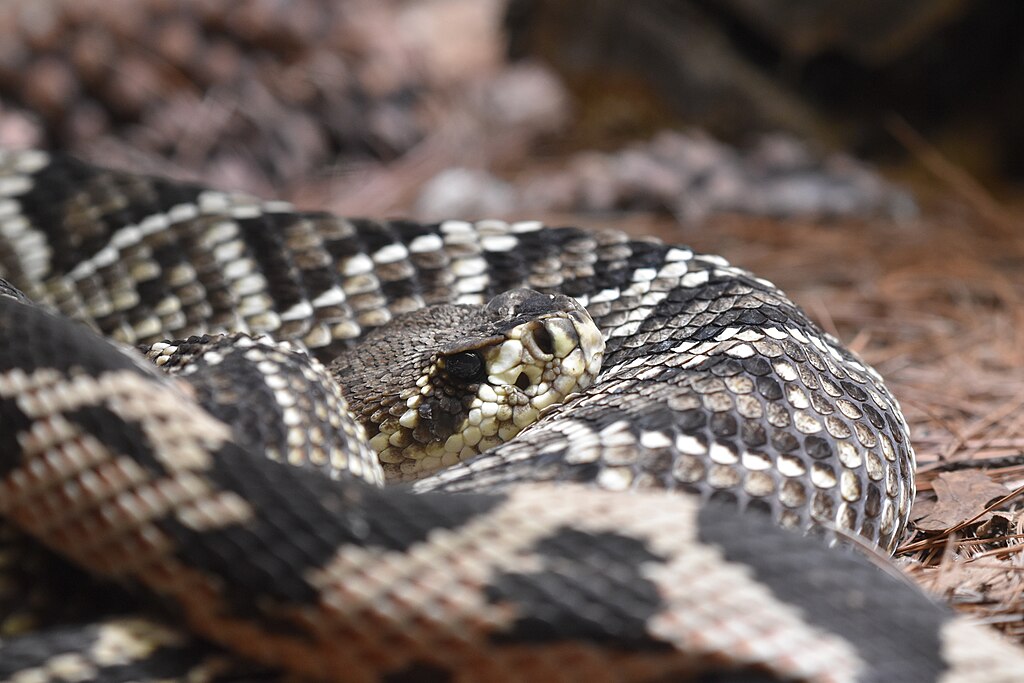
North America houses several families of venomous snakes that non-professionals should never handle. Pit vipers (including rattlesnakes, copperheads, and cottonmouths) feature distinctive heat-sensing pits between their eyes and nostrils, vertical pupils similar to cats, and often display warning behaviors like rattling or mouth-gaping displays. Coral snakes, while less common, are highly venomous with distinctive red, yellow, and black banding patterns—remembered by the rhyme “red touch yellow, kill a fellow; red touch black, venom lack,” though this applies only to North American species. Rattlesnakes specifically can usually be identified by their segmented rattles, though juvenile rattlesnakes may have only a single button. Regional variations exist in appearance, making field guides specific to your area essential tools for accurate identification.
Snake Body Language and Warning Signs
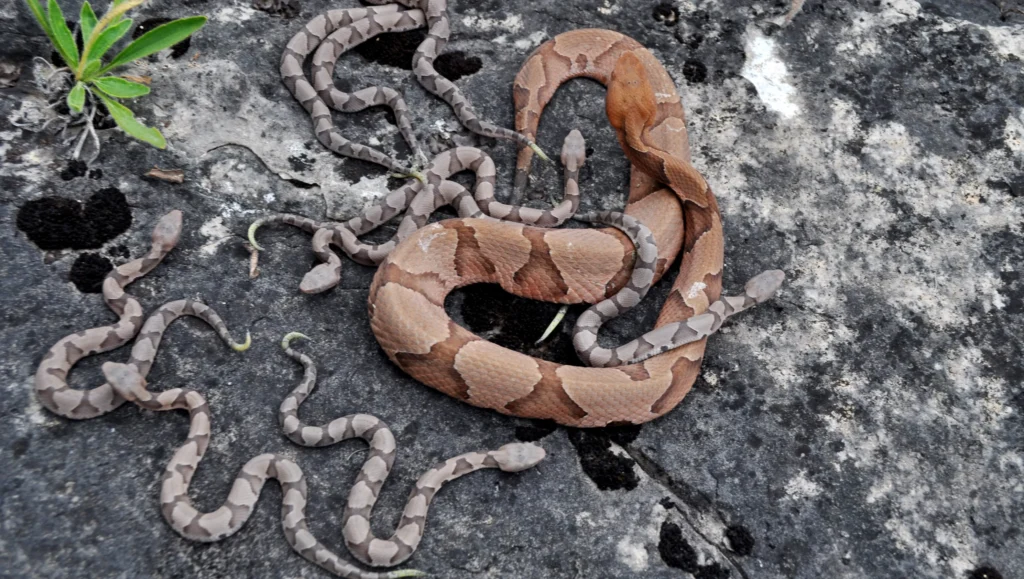
Snakes communicate their discomfort and defensive posture through clear body language that should never be ignored. A snake coiling its body while raising its head and neck indicates a defensive posture preparing for a potential strike. Rapid tongue flicking signals the snake is actively gathering information about a perceived threat—you. More obvious warnings include hissing, rattling (in rattlesnakes), flattening the neck (in cobras and some other species), or mock strikes where the snake lunges forward without actually biting. Some non-venomous snakes may vibrate their tails against leaves or ground debris to mimic a rattlesnake’s warning. Any of these behaviors indicates a stressed animal that feels threatened and should be given immediate space, as continuing to approach will likely result in a defensive bite.
When Professional Snake Handling is Appropriate
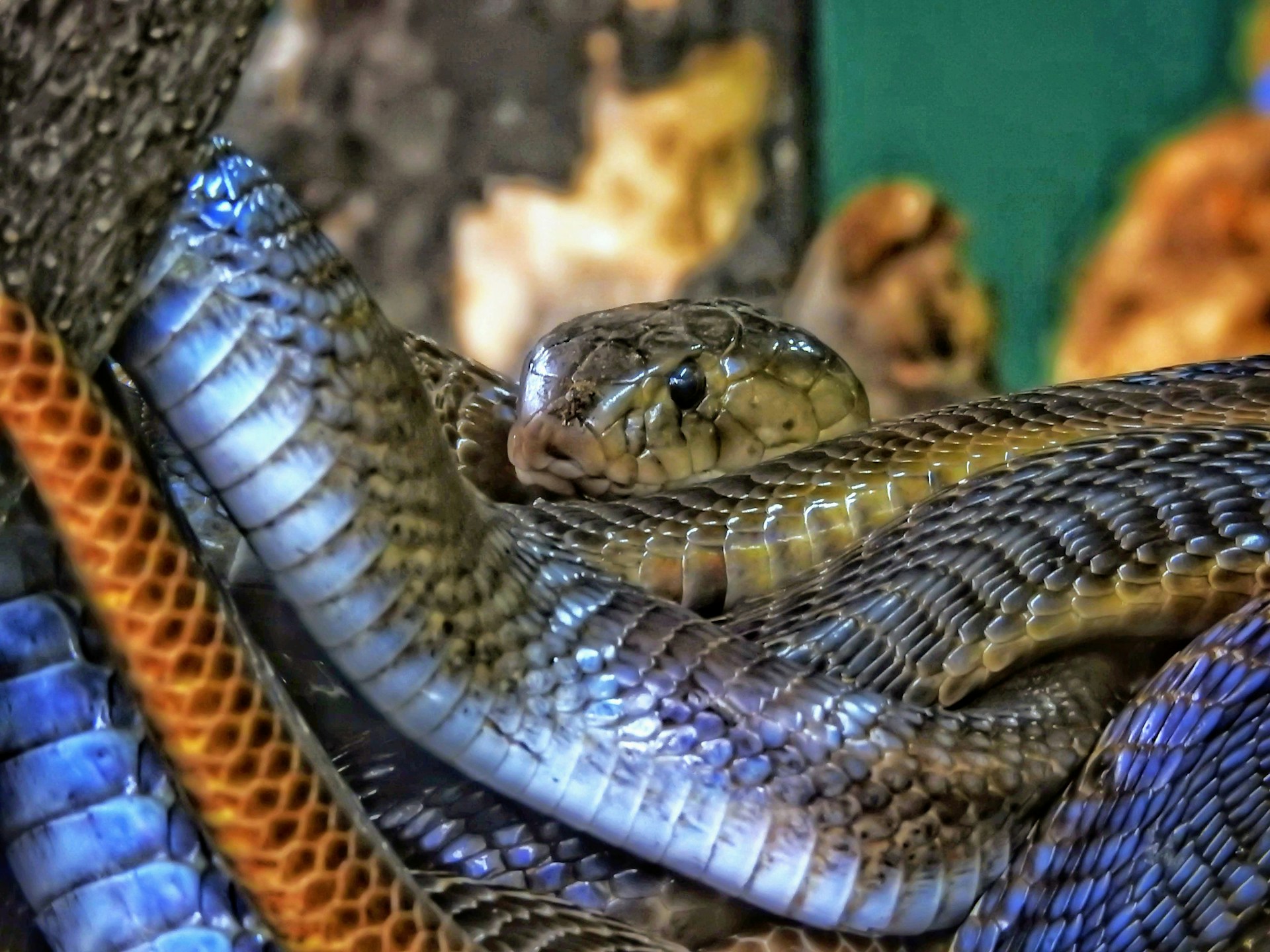
Professional snake handling is typically limited to specific circumstances requiring specialized training and equipment. Wildlife biologists conducting population studies or conservation work may temporarily handle snakes using proper techniques, often wearing protective gear like snake hooks, tongs, and sometimes bite-resistant gloves. Professional removal services should be contacted when venomous snakes appear in dangerous proximity to human habitation, as these specialists have the training to relocate animals safely. Veterinarians with reptile specialization may handle snakes for medical treatment, though even they use extensive precautions. Educational outreach programs sometimes involve captive (rarely wild) snakes, but these demonstrations are conducted by experts with years of experience who understand the specific behaviors of their educational animals.
Essential Equipment for Snake Observers
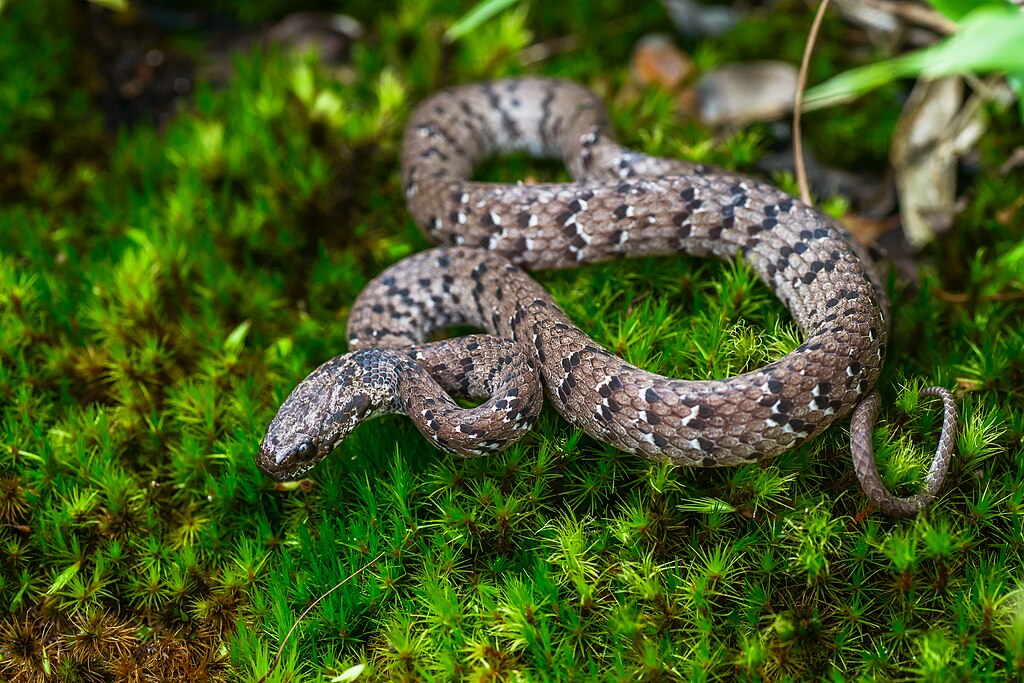
For those interested in snakes, observation equipment offers safer alternatives to handling. Quality binoculars allow detailed observation from a safe distance of 10+ feet, preserving both human safety and the snake’s natural behavior. A camera with telephoto capabilities enables documentation without disturbance, and many smartphone camera attachments now offer this functionality at affordable prices. Proper footwear is crucial in snake territory—high-top hiking boots or snake gaiters provide ankle protection in areas with venomous species. Field guides specific to your region help with accurate identification and understanding natural history. For professionals who must occasionally handle snakes, specialized tools like snake hooks, tongs, and transparent tubes for venom extraction or examination are essential safety equipment.
Geographical Considerations for Snake Safety
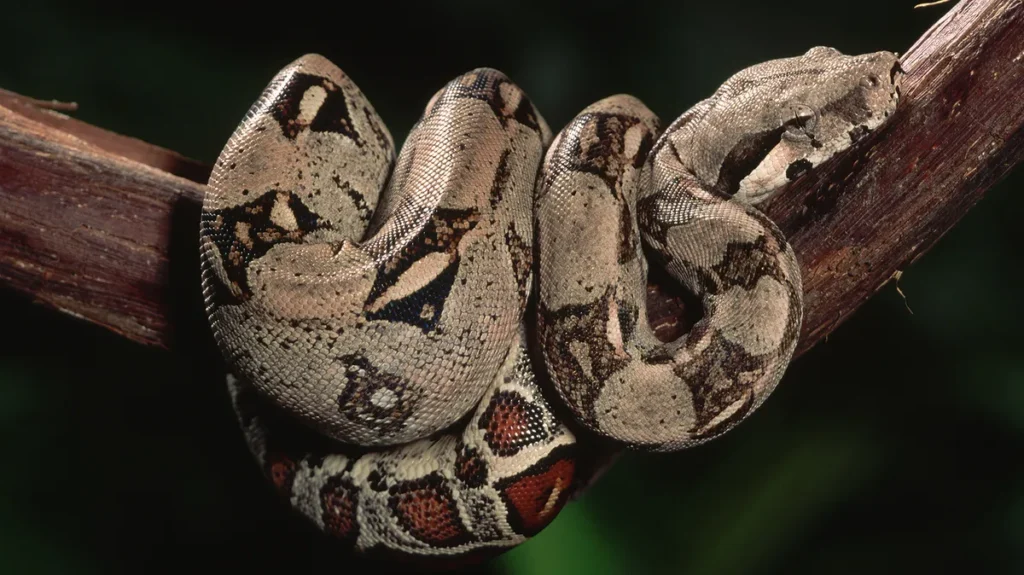
Snake danger varies dramatically by location, making regional knowledge essential for accurate risk assessment. Australia hosts some of the world’s most venomous terrestrial snakes, including the inland taipan and eastern brown snake, requiring extreme caution in bush environments. The southeastern United States has the highest concentration of venomous snake species in North America, including various rattlesnake species, copperheads, and cottonmouths. Central and South America feature deadly species like the fer-de-lance and bushmaster that blend remarkably well with forest floor debris. Even regions generally considered to have “safer” snake populations, like much of Europe and northern states in the US, still harbor some venomous species. Local expertise is invaluable—consulting with regional herpetological societies or wildlife management offices can provide specific information about dangerous species in your area.
What To Do If You Find an Injured Snake.
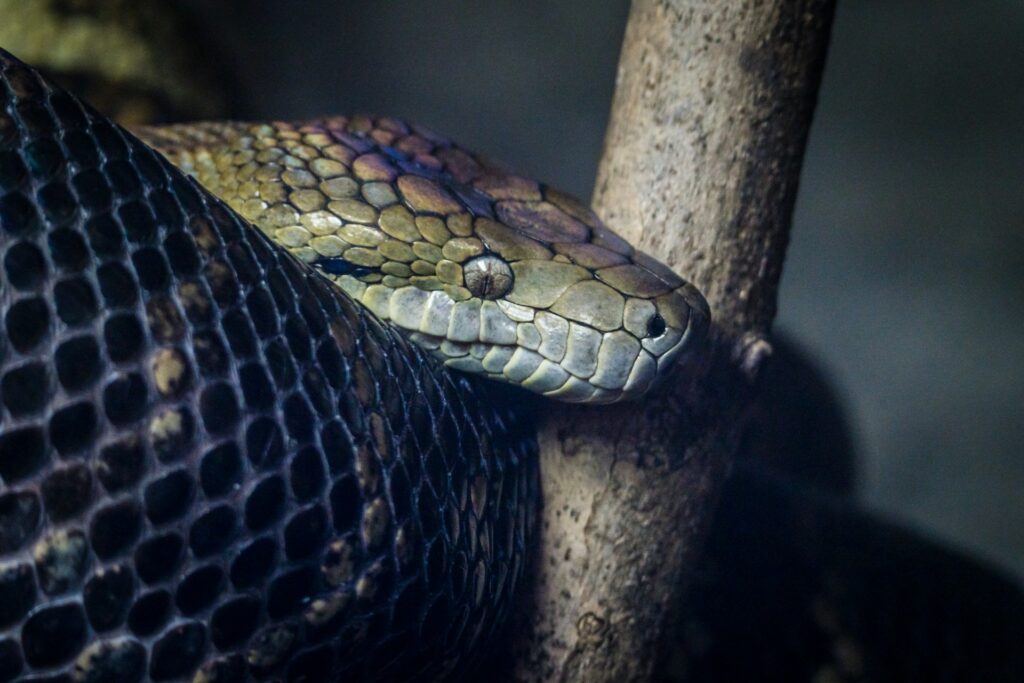
Discovering an injured snake presents a compassionate dilemma, but safety must remain the priority. First, maintain a safe distance while attempting to identify the species, using photos compared to field guides or wildlife identification apps if necessary. For non-venomous species, contacting a local wildlife rehabilitation center for guidance is appropriate before any handling attempt. If handling becomes necessary, wearing thick leather gloves and using a towel to gently scoop the snake into a ventilated container with a secure lid provides safer transport. Never attempt to handle injured venomous snakes—instead, note the location precisely and contact animal control, wildlife authorities, or specialized reptile rescues who have the training and equipment for safe capture. Remember that even injured snakes retain their defensive instincts and may bite if feeling threatened.
Legal Considerations of Snake Handling
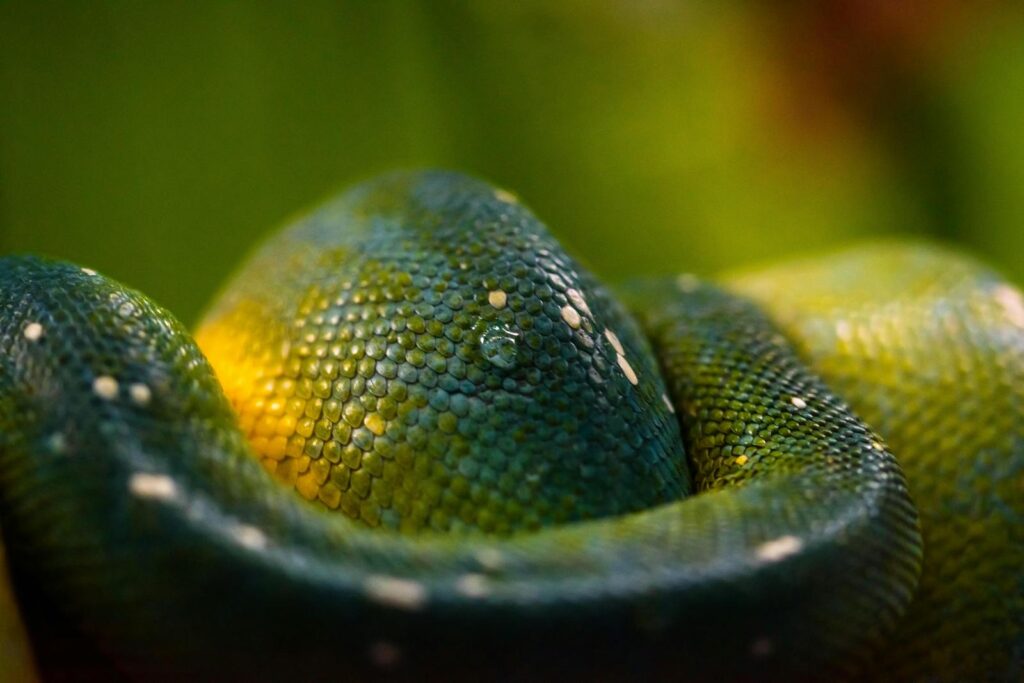
Snake handling is subject to various legal restrictions that differ dramatically by location. Many states and countries strictly prohibit the handling, collection, or transportation of native snake species without specific permits, especially for threatened or endangered species protected under conservation laws. Venomous snake handling may require special licensing, training certifications, or permits even for professionals in certain jurisdictions. Some locations require immediate reporting of certain dangerous species sightings to wildlife authorities for public safety monitoring. Transporting snakes across state or international boundaries typically requires permits and may be entirely prohibited for certain species under CITES (Convention on International Trade in Endangered Species) regulations. Violations of these regulations can result in significant fines and even criminal charges in some jurisdictions.
Myths and Misconceptions About Snake Danger
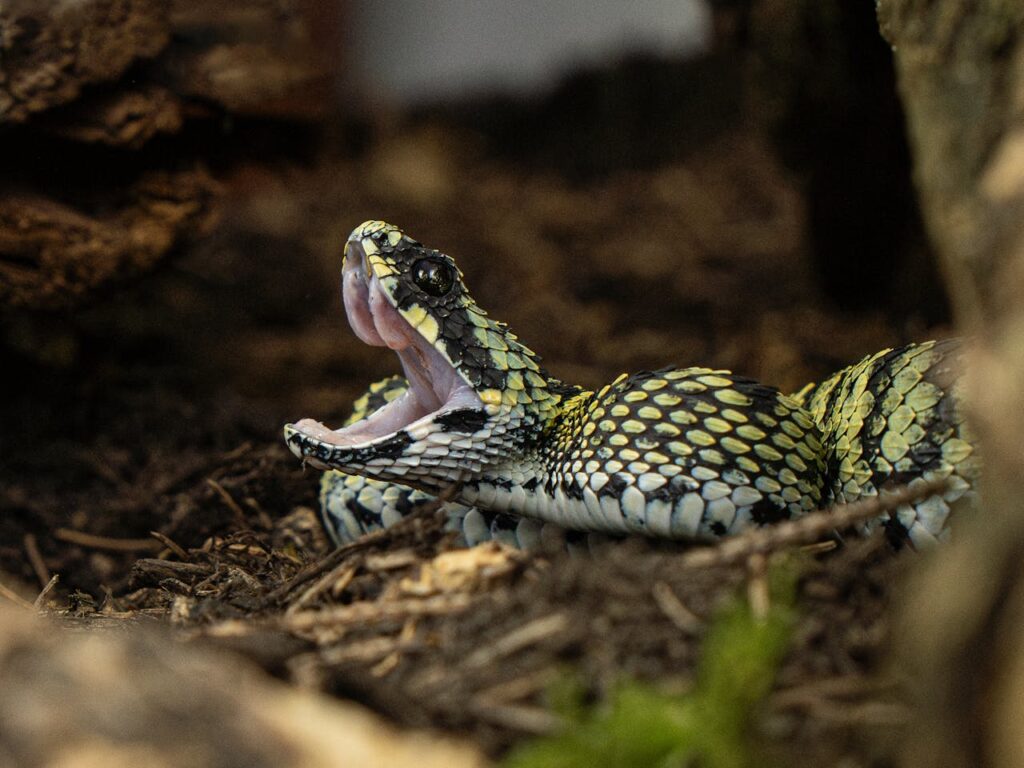
Numerous misconceptions perpetuate dangerous myths about identifying “safe” snakes. Contrary to popular belief, juvenile venomous snakes are not necessarily more dangerous than adults—while they may have less control over venom delivery, their venom glands are smaller and contain less venom overall. The myth that venomous snakes always have triangular heads leads to dangerous misidentifications, as some harmless species like watersnakes can flatten their heads defensively, appearing triangular. Another common misconception is that all venomous snakes have vertical pupils, when in fact coral snakes and some other highly venomous species have round pupils. The belief that venomous snakes cannot swim or climb trees is dangerously false—many species, including cottonmouths and some rattlesnakes, swim excellently, while others like copperheads and certain rattlesnake species readily climb into low branches.
First Aid for Snake Bites

Proper snake bite response can be life-saving and contradicts many outdated practices still circulating in popular culture. The most important first step is to move away from the snake to prevent additional bites while keeping the bite victim calm and still to slow venom circulation. Remove constricting items like rings or watches before swelling begins, and position the bite area below heart level if possible. Clean the wound gently with soap and water if available, but avoid aggressive scrubbing or applying ice. Do NOT cut the wound, attempt to suck out venom, apply tourniquets, or use electricity or heat—these folk remedies are ineffective and often cause additional harm. Instead, transport the victim to emergency medical care immediately, noting the time of the bite and, if safely possible, taking a photo of the snake for identification (without approaching it again). Antivenom treatment is most effective when administered promptly.
Ethical Snake Observation Practices
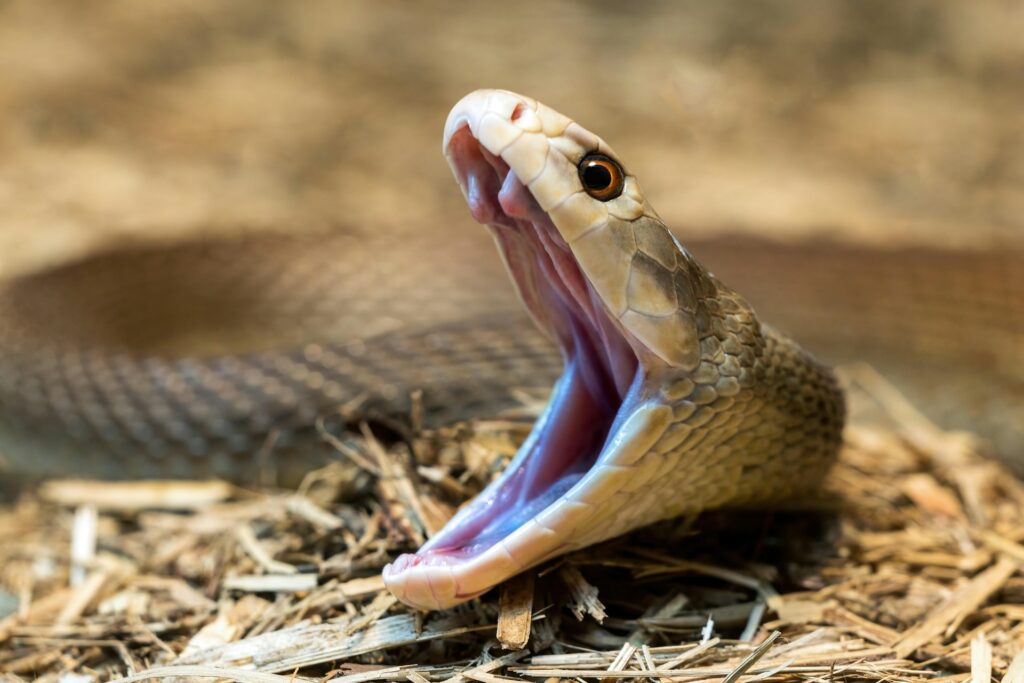
Responsible wildlife enthusiasts practice ethical observation that respects both the animal and its habitat. Maintain a minimum distance of 6-10 feet from any wild snake, using binoculars or camera zoom for closer views rather than physical proximity. Avoid disturbing natural behaviors by remaining quiet and minimizing sudden movements that might stress the animal. Never flip rocks or logs and then leave them displaced, as this destroys microhabitats critical for snakes and their prey species. If photographing snakes, never manipulate the animal or its surroundings for “better” shots, and disable camera flash which can disorient or stress reptiles. Consider contributing your observations to citizen science projects like HerpMapper or iNaturalist, which help researchers track population distributions while promoting hands-off appreciation of these remarkable animals.
Conclusion
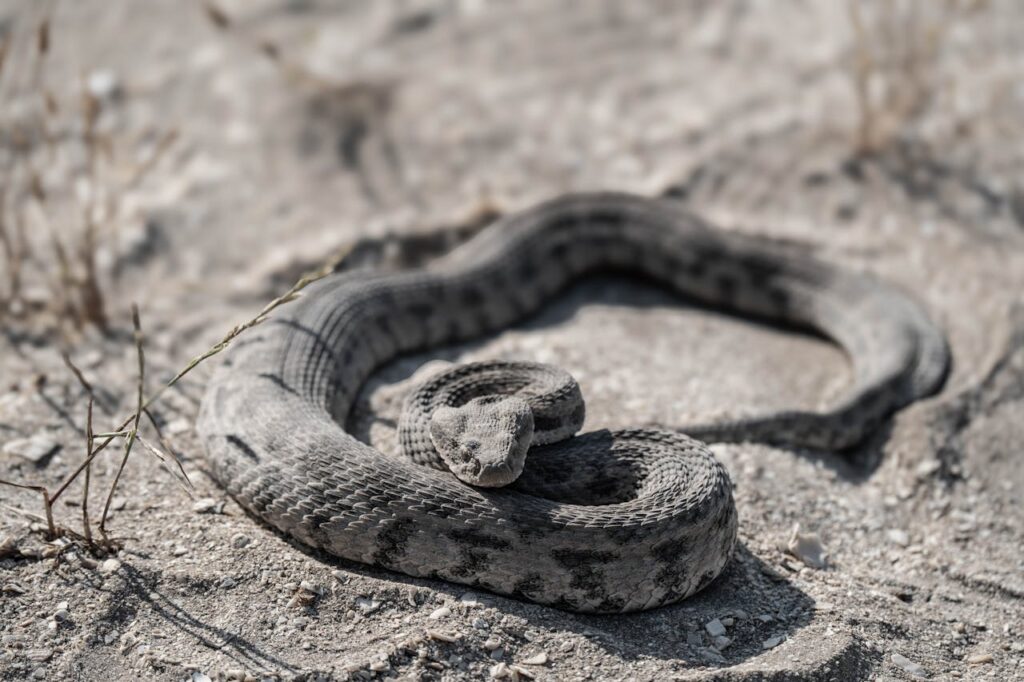
The most reliable way to determine if a wild snake is “safe” to handle is simple: assume it isn’t. Even for experienced herpetologists, wild snake handling involves significant risks to both human and animal. The safest and most ethical approach is to observe these fascinating creatures from a respectful distance, appreciating their ecological importance without disrupting their natural behaviors. By developing identification skills, understanding snake body language, and practicing responsible wildlife observation, you can enjoy meaningful encounters with these remarkable reptiles while keeping both yourself and the animals safe. Remember that in nature, observation rather than interaction often provides the most authentic and educational experiences.

